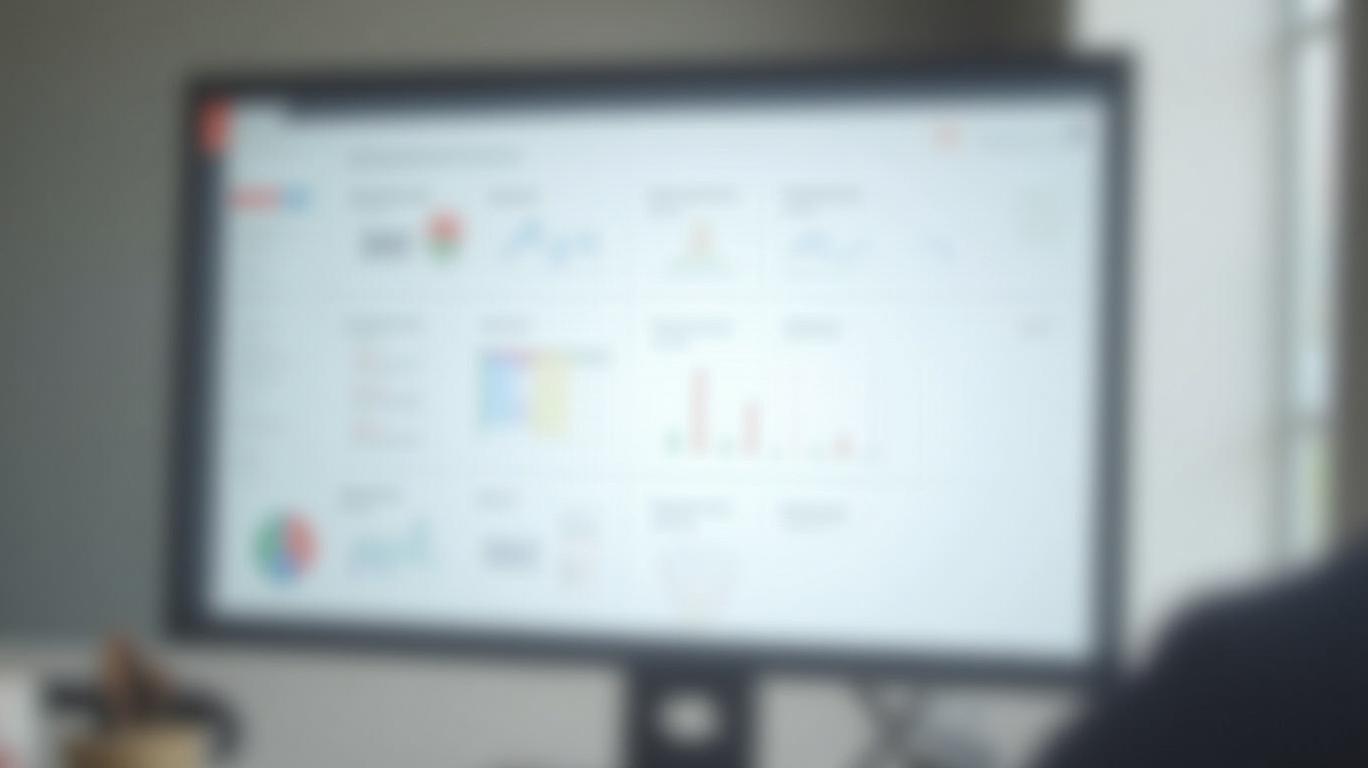Procore's Q1 Earnings Preview: Navigating Growth and Profitability Challenges
Procore Technologies (NYSE: PCOR), a leading provider of cloud-based construction management software, is set to report its Q1 2025 earnings on May 1, 2025. The results will provide critical insights into the company’s ability to balance revenue growth with margin pressures in an increasingly competitive sector. Here’s what investors should watch for in what could be a pivotal quarter for the stock.
Ask Aime: Procore Technologies' Q1 earnings report is just around the corner. Find out how to invest wisely in this pivotal quarter.

Key Metrics to Watch
Procore is expected to report revenue of $302.3 million, a 12.2% year-over-year increase, driven by its expanding customer base and ongoing adoption of its platform. However, the spotlight will be on profitability, as analysts project a 43.3% decline in EPS to $0.17, down from $0.30 in Q1 2024. This stark contrast between top-line growth and bottom-line weakness reflects ongoing struggles with cost management and competitive pressures.
The Downward EPS Trend and Analyst Concerns
The EPS forecast has been repeatedly revised downward. Over the past 30 days, the consensus estimate dropped by 38.7%, signaling growing skepticism among analysts. Procore’s Zacks Earnings ESP model further suggests a -3.45% surprise risk, meaning actual results may fall short of already lowered expectations. This is particularly concerning given the company’s Q4 2024 earnings miss, which saw EPS plummet 90.9% below estimates ($0.01 vs. $0.11), despite revenue slightly exceeding forecasts.
Revenue Growth Slows, but Momentum Persists
While revenue growth has decelerated from 26.2% in Q1 2024 to an anticipated 12.3% in Q1 2025, Procore’s ability to add 113 net new customers in Q4 2024 (totaling 17,088 customers) underscores its market traction. The company also highlights its $14 trillion addressable market in the construction sector, where inefficiencies like $500 billion in annual rework costs create opportunities for its platform. However, peers like Cadence (CADX) are outpacing Procore’s growth, with 23.1% YoY revenue expansion in their latest quarter, raising questions about Procore’s competitive edge.
Profitability Struggles and Margin Pressures
Procore’s net margin turned negative (-9.2%) in Q4 2024, reflecting elevated R&D and sales investments. Analysts expect these pressures to persist in Q1, as the company continues to invest in AI integration and global expansion. The FY2025 consensus calls for an EPS of $0.22, a 76% drop from 2024’s $0.93, highlighting the uphill battle to stabilize margins.
Ask Aime: Will Procore's Q1 2025 earnings reveal a profitable future or further struggles?
Stock Performance and Analyst Sentiment
Procore’s stock has underperformed recently, falling 6.2% over the past month to $63.58—a significant discount to its 52-week high of $88.92. Despite this, analysts maintain a “Moderate Buy” consensus, with an average price target of $81.18. Notably, several firms have trimmed their targets in response to slowing growth: UBS lowered its target to $87, while Scotiabank cut theirs to $75. Institutional ownership remains robust at 81.1%, though insider sales—such as CFO Howard Fu’s $5.04 million in shares over 90 days—hint at cautious sentiment.
Key Risks and Catalysts
- Execution Risks: The earnings call will be critical. Management must address margin improvement plans and provide clarity on customer retention and upsell opportunities.
- AI Integration: Procore’s stated focus on generative AI could position it as a leader in construction tech, but execution timelines matter.
- Macroeconomic Headwinds: Slower construction spending due to interest rates or geopolitical issues could dampen demand for software solutions.
Conclusion: A Crossroads for Procore
Procore’s Q1 results will test its ability to navigate a challenging balance—sustaining revenue growth while curbing losses. The stock’s valuation hinges on two key outcomes: whether it can meet the modest EPS target of $0.17, and whether management can outline a credible path to profitability. With a $9.53 billion market cap and strong institutional support, Procore retains long-term appeal in a $14 trillion market. However, near-term investors must weigh these opportunities against execution risks and slowing growth.
For now, the stock’s 25% upside potential to the average price target of $81.18 suggests analysts are betting on Procore’s long-term dominance. But until margins stabilize, the path to that target will be bumpy. Investors should monitor the Q1 earnings call closely, paying particular attention to guidance on FY2025 margins, customer acquisition costs, and AI-driven product updates. The results will likely determine whether Procore can reclaim its upward momentum—or face further skepticism in a sector where execution is everything.





















